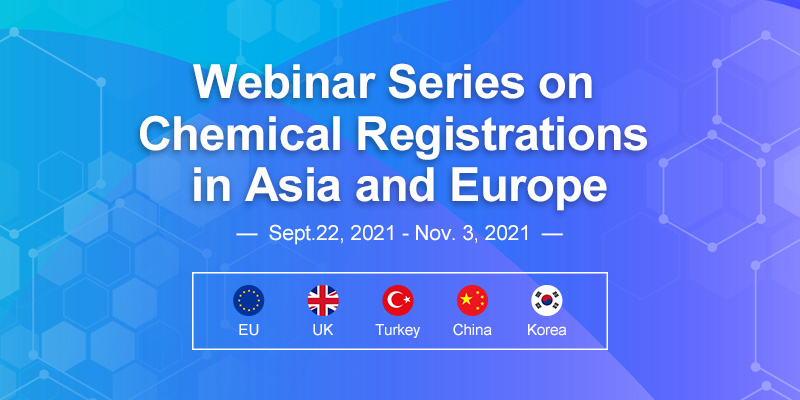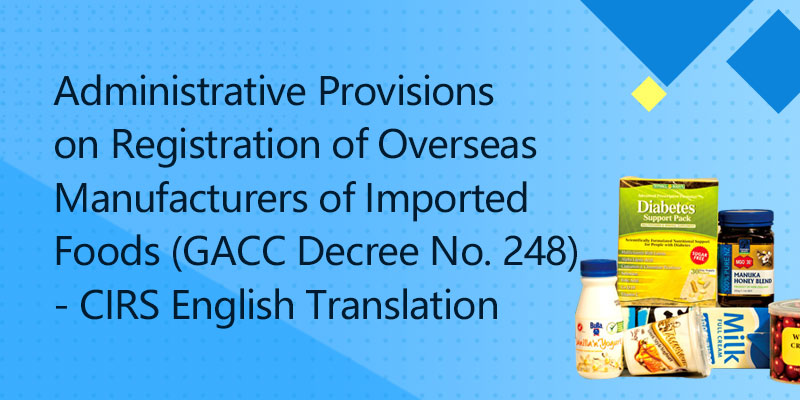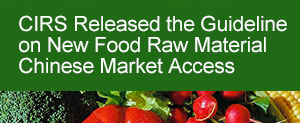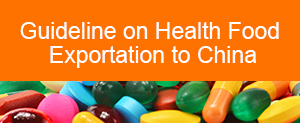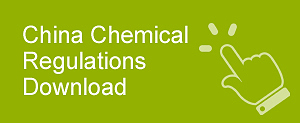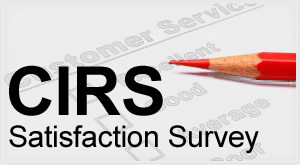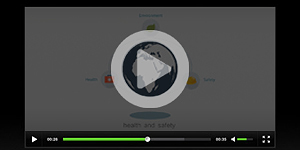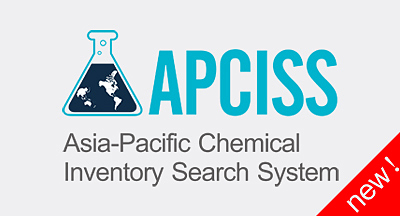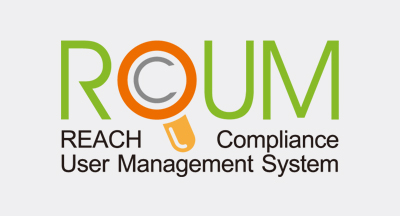In accordance with Food Safety Law of the People’s Republic of China (2015 version), Chinese National Food Safety Standards (here called “National standards”) are mandatory standards. Prepackaged foods including general food and infant food shall comply with the quality and hygienic test requirements in the applicable National standards. The National Standards regarding the test requirements of prepackaged foods are listed as follows:
In fact, the test requirements for different prepackaged food categories are different. In order to better understanding of the test requirements in China, the example of Yogurt is provided:
Yogurt is a dairy product that included in Fermented Milk in China. Therefore, the applicable commodity standard is GB 19302-2010 National Food Safety Standard Fermented Milk. According to GB 19302-2010, the required quality and hygienic tests are listed in three National standards (GB 19302-2010, GB 2762-2012 and GB 2761-2011):
Test requirements in GB 19302-2010
Test requirements in GB 2762-2012
|
Item |
Requirements |
Test Method |
|
Limit of contaminants (mg/kg) |
||
|
Lead (calculated as Pb) |
≤ 0.05 |
GB 5009.12 |
|
Mercury (calculated as Hg) |
≤0.01 |
GB 5009.17 |
|
Arsenic (calculated as As) |
≤0.1 |
GBT 5009.11 |
|
Chromium (calculated as Cr) |
≤ 0.3 |
GBT 5009.123 |
Test requirements in GB 2761-2011
|
Item |
Requirements |
Test Method |
|
Limit of Mycotoxins (ug/kg) |
||
|
Aflatoxin M1 |
≤ 0.5 |
GB 5413.37 |
Therefore, before importing Yoghurt into China, the above test items are suggested to be carried out to check if the quality and hygiene of the product is complying with Chinese regulations.
Based on CIRS experience for regulatory compliance, all other prepackaged foods are strongly encouraged to test in advance according to applicable National standards before importing into China to ensure the quality.
Why does CIRS recommend?
I. According to the Administrative Measure on Imported – Exported Food Safety released by AQSIQ, all CIQs shall inspect the imported food according to the mandatory applicable National standards after the commodity arrived at Chinese port. However, companies will be faced with commodity rejection or destruction if the test result is unqualified (e.g., excessive lead, excessive Coliform, excessive Aflatoxin M1 etc.). Even more serious is that the importer, exporter and manufacturer of the unqualified food maybe recorded in the negative list. Please kindly click to find the adverse impacts of the negative list.
II. According to the Plan on Food Safety Casual Inspection in Year 2016 published by CFDA, CFDA will carry out the casual inspection on food, food additive and health food including imported food every quarter. If the test result of the imported food is unqualified (e.g., excessive lead, excessive Coliform, excessive Aflatoxin M1 etc.), the responsible company will be subject to more than fifty thousand fine and all food will be recalled. In August, 2016, excessive lead of Heinz AD Calcium Hi-Protein Rice Cereal was detected during the casual inspection in Zhejiang province in Eastern China and then H.J. Heinz Co. of Pittsburgh, PA, has recalled nearly 1,500 boxes. For the moment, this event has subsided, but lead exposure in food concerns remains.
III. As parts of the criteria for pathogens, contaminants and other quality indicators in food between domestic and overseas markets are different. Some foods which are qualified in original country or region (e.g., EU, USA, Taiwan etc.) maybe not complying with Chinese National standards. Therefore, pre-testing is very necessary before food importing into Chinese market.
What’s the benefit from pre-testing?
Pre-testing in certified laboratory could effectively avoid unnecessary punishment by CIQ or CFDA. If the food is not complying with corresponding national standards, the reasons such as bad ingredients, incorrect production process and so on should be found and the problems shall be solved before importing.
When do you perform the pre-testing?
Before pre-testing, a compliant food formula shall be confirmed. If some ingredients are not allowed to be used in China, the first step is modifying the formula. After confirming the formula is in accordance with Chinese regulations, the pre-testing is suggested to perform.
Where do you arrange the pre-testing?
Pre-testing could be arranged both in oversea and domestic laboratories, however, the test methods maybe different and test report issued by Chinese certified laboratory is more acceptable by Chinese government. Therefore, pre-testing in Chinese certified laboratory is much more suggested.
Why choose CIRS?
I.CIRS has rich experience in food regulatory compliance that could analyze required test items accurately and potential risk items required by CIQ will be also considered.
II. CIRS has lots of connects with CIQ and CFDA that could help companies to communicate with food issues.
III. CIRS is cooperating with leading food laboratories in China. For the moment, there is no laboratory that could conduct all test items. Nevertheless, CIRS could arrange the test in different laboratories at the same time to complete all items.
IV. Different laboratories are good at testing different food categories, for examples, laboratory 1 is very skilled at testing infant formula, however, laboratory 2 is much more adept at conducting vegetable oil tests. CIRS arrange tests according to the food categories with the result that the test report is more reliable in the industry.

